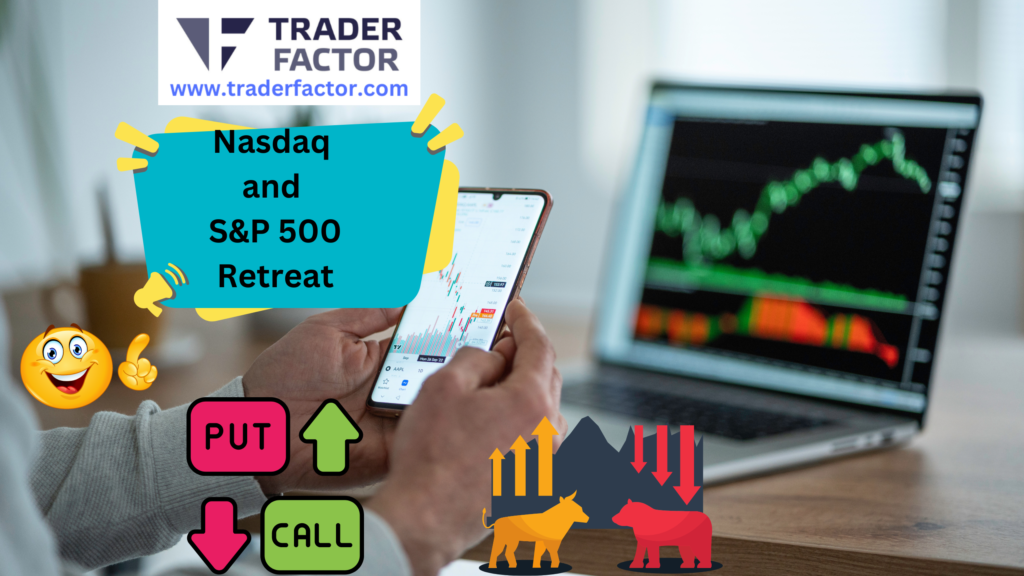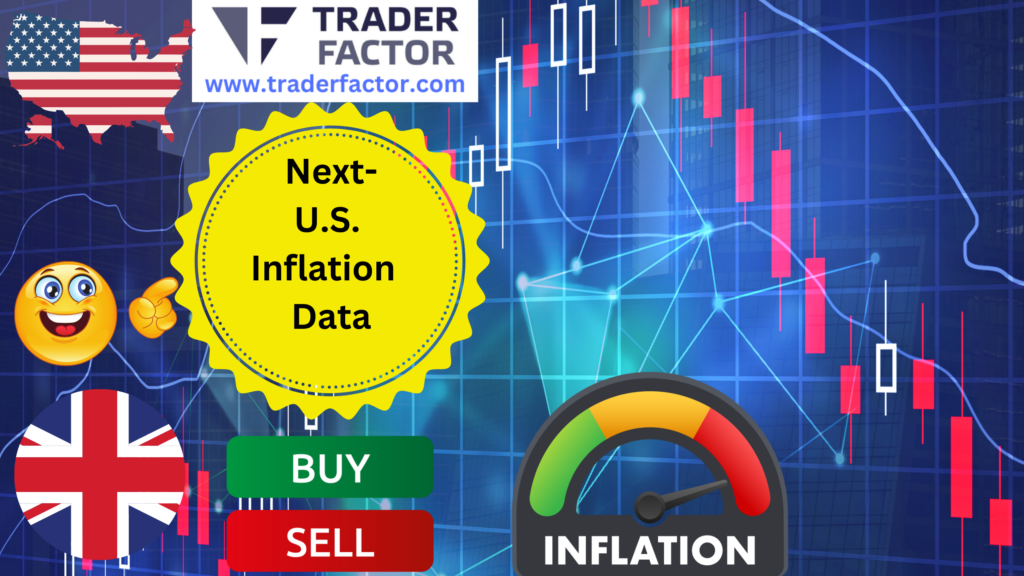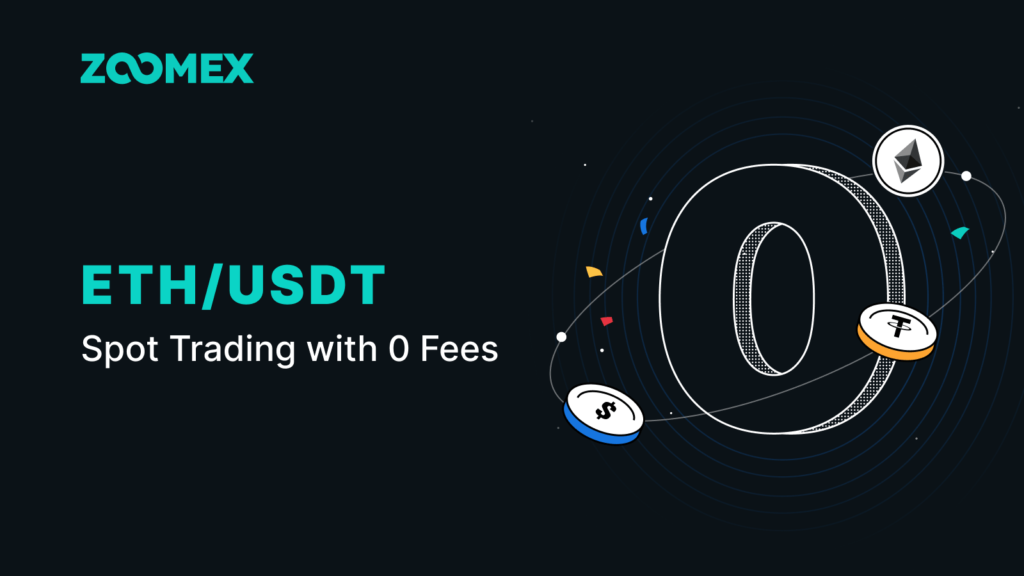Looking to dive into the exciting world of forex trading? This beginner’s guide has got you covered!
Discover the secrets to successful forex trading strategies and start your journey towards financial success.
In this guide, you’ll explore the fundamentals of forex trading, learn how to choose the right broker and understand the importance of risk management.
Discover the power of technical and fundamental analysis, and master the art of effective entry and exit strategies.
Build a diverse portfolio that maximizes your profit potential, and gain insights into using indicators and oscillators to make informed trading decisions.
Remember, the key to success in forex trading is continuous education and staying up-to-date with the latest trends and techniques.
So, are you ready to become a forex trading pro? Let’s get started!
Key Takeaways
- Understanding the relationship between currency pairs is crucial for trading decisions.
- Proper research, analysis, and staying informed are essential for successful trading.
- Implementing proper risk management strategies is important for protecting trading capital.
- Combining fundamental analysis with technical analysis enhances trading strategies.
Understanding Forex Trading Basics

To begin understanding forex trading basics, you need to familiarize yourself with the fundamental concepts and terminology used in the foreign exchange market. One of the common forex trading mistakes that beginners make isn’t fully understanding currency pairs.
In forex trading, currencies are always traded in pairs, such as EUR/USD or GBP/JPY. Each currency pair represents the exchange rate between the two currencies. The first currency in the pair is known as the base currency, while the second currency is the quote currency.
Understanding the relationship between these currencies is crucial, as it determines the value of the pair and affects your trading decisions.
Another mistake that traders often make isn’t doing proper research and analysis before executing trades. It’s essential to keep up with economic news, monitor market trends, and use technical analysis tools to make informed decisions.
Additionally, many beginners fall into the trap of overtrading or taking excessive risks. It’s vital to have a well-defined trading plan and stick to it, avoiding impulsive trades that can lead to substantial losses.
Choosing the Right Forex Broker

What factors should you consider when choosing the right forex broker?
When it comes to forex broker selection, it’s crucial to take into account various factors that can have a significant impact on your trading experience. One of the most important aspects to consider is the broker’s fees and commissions.
Forex brokers charge fees and commissions for their services, and these costs can vary significantly. Some brokers charge a fixed fee per trade, while others may have a tiered fee structure based on the size of the trade. It’s essential to compare the fee structures of different brokers to ensure that you’re getting the best deal.
In addition to fees, you should also consider the broker’s reputation and reliability. Look for brokers that are regulated by reputable authorities and have a good track record of customer satisfaction. You should also consider the broker’s trading platform and the range of currency pairs they offer.
Lastly, consider the broker’s customer support and educational resources. A broker that provides excellent customer support can be invaluable, especially for beginners. Similarly, educational resources such as tutorials and webinars can help you improve your trading skills.

Importance of Risk Management
How can you effectively manage risk in your forex trading strategy?
Risk management is a crucial aspect of successful forex trading. By implementing proper risk management techniques, you can protect your trading capital and increase your chances of long-term profitability.
One important aspect of risk management is position sizing. This involves determining the appropriate amount of capital to allocate to each trade based on your risk tolerance and the size of your trading account.
By carefully sizing your positions, you can limit the potential losses while still allowing for potential gains. This helps to minimize the impact of losing trades on your overall trading performance.
Another important aspect of risk management is managing your emotions. Emotions such as fear and greed can often cloud judgment and lead to impulsive and irrational trading decisions. By staying disciplined and sticking to your trading plan, you can avoid making emotional decisions that can result in significant losses.
Implementing risk management strategies, including proper position sizing and emotional control, can significantly improve your chances of success in forex trading.
Technical Analysis for Forex Trading

Now let’s focus on the key points of technical analysis for forex trading.
Candlestick patterns are important tools for analyzing price movements and identifying potential trends.
Additionally, indicators can help you identify the direction of the market trend.
Support and resistance levels act as key areas of potential price reversal.
Candlestick Patterns for Analysis
To enhance your understanding of technical analysis in forex trading, it’s important to familiarize yourself with various candlestick patterns. Candlestick pattern recognition is a crucial skill that can help you interpret market trends and make more informed trading decisions.
By studying and analyzing the different shapes and formations that candlestick patterns create, you can gain valuable insights into price movements and market sentiment. For example, a bullish engulfing pattern, where a small bearish candle is followed by a larger bullish candle, can indicate a potential reversal from a bearish to a bullish trend.
On the other hand, a shooting star pattern, characterized by a small body and a long upper wick, may suggest a potential reversal from a bullish to a bearish trend. By learning to interpret candlestick formations, you can greatly improve your ability to identify trading opportunities and manage risk effectively.

Indicators for Trend Identification
To identify trends in forex trading, use various indicators that provide valuable insights into market movements and help inform your trading decisions. Two commonly used indicators for trend identification are moving averages and trendlines.
Moving averages are calculated by taking the average price over a specific period, such as 20 or 50 days. They smooth out price fluctuations and provide a visual representation of the trend. When the price is above the moving average, it indicates an uptrend, and when it’s below, it suggests a downtrend.
Trendlines are drawn by connecting consecutive highs or lows on a chart. They provide a clear visual representation of the trend and can help you identify potential support and resistance levels.
When the price is consistently making higher highs and higher lows, it indicates an uptrend, and when it’s making lower highs and lower lows, it suggests a downtrend.

Support and Resistance Levels
To further analyze market trends and make more informed trading decisions, you need to understand support and resistance levels in forex trading.
Support and resistance levels are key psychological factors in forex trading that can help you identify trends in the market. Support levels are price levels where buying interest is strong enough to prevent the price from falling further, while resistance levels are price levels where selling pressure is strong enough to prevent the price from rising further.
By analyzing these levels, you can determine potential entry and exit points for your trades. Support and resistance levels act as barriers that can either be broken or respected by the market.
When a support or resistance level is broken, it can indicate a change in the trend, while when these levels are respected, it can confirm the current trend.
Fundamental Analysis Strategies
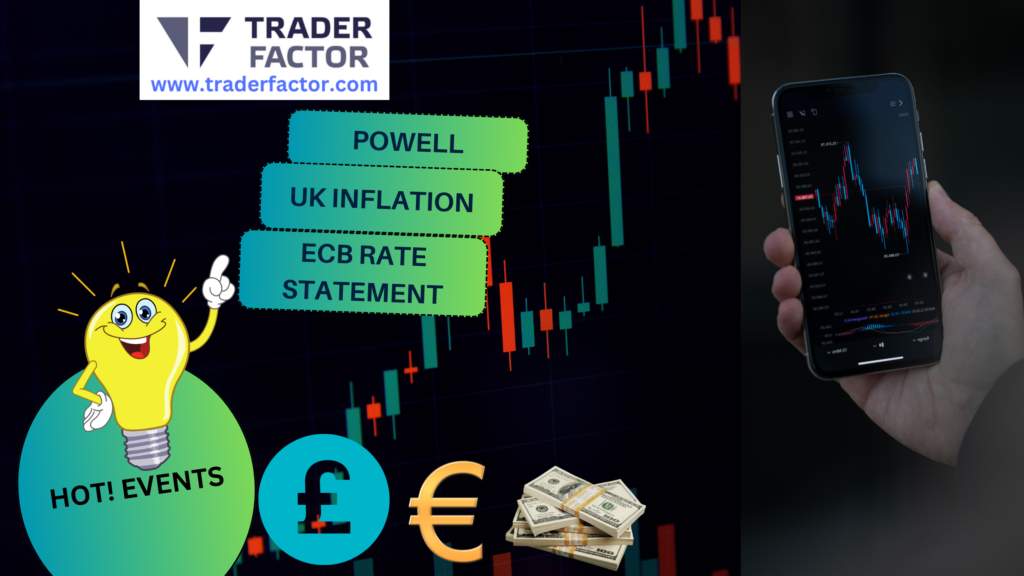
Implement fundamental analysis strategies to make informed trading decisions in the forex market. Fundamental analysis involves analyzing economic data and news events to determine the strength and direction of a currency’s underlying fundamentals.
One fundamental analysis strategy is economic calendar analysis, which involves closely monitoring economic indicators and news releases that can impact currency prices.
By staying up to date with key economic events such as interest rate decisions, GDP releases, and employment reports, you can identify potential trading opportunities and adjust your positions accordingly.

Another fundamental analysis strategy is Intermarket analysis, which involves analyzing the relationships between different financial markets. For example, you can examine the correlation between currencies and commodities, or currencies and stock markets, to gain insights into potential currency movements.
By understanding how different markets interact, you can make more accurate predictions about currency price fluctuations.
To implement these strategies effectively, it’s crucial to stay informed and use reliable sources of information. Follow reputable financial news outlets, subscribe to economic calendars, and utilize analytical tools that provide comprehensive market insights.
Remember that fundamental analysis is just one tool in your trading arsenal, and it should be combined with technical analysis and risk management strategies for a well-rounded approach to forex trading.
Developing a Trading Plan

Now it’s time to develop your trading plan.
This involves setting clear goals, defining your risk management strategies, and monitoring market conditions.
By setting specific goals, you can outline your trading objectives and make informed decisions.
Implementing risk management strategies will help protect your capital while staying updated on market conditions will allow you to adapt your trading plan as needed.
Setting Clear Goals
Start by clearly defining your trading goals to develop an effective trading plan. Setting achievable targets is crucial in ensuring that you have a clear direction and purpose in your trading activities. These targets can be based on specific financial objectives, such as earning a certain amount of profit or minimizing losses.
By setting clear goals, you provide yourself with a roadmap to follow and a benchmark to measure your progress. It’s also important to track your progress regularly and make adjustments to your trading plan as needed. This allows you to stay on track and make improvements to your strategies if necessary.

Risk Management Strategies
Developing a trading plan that includes effective risk management strategies is essential for successful forex trading. By implementing proper risk management techniques, you can protect your capital and minimize potential losses. Two key aspects of risk management are leverage management and position sizing.
Leverage management refers to the control and use of leverage in your trades. It is crucial to understand the risks associated with high leverage and to use it judiciously. Overleveraging can lead to significant losses if the market moves against you.
Position sizing involves determining the appropriate size of each trade based on your risk tolerance and account size. By calculating the position size, you can limit your exposure to any single trade and ensure that no single trade has the potential to wipe out your entire account.
Incorporating these risk management strategies into your trading plan will help you navigate the forex market with confidence and increase your chances of long-term success.

| Risk Management Strategy | Description | Importance |
|---|---|---|
| Leverage Management | Controlling and using leverage responsibly to avoid excessive risk. | Essential for protecting capital and minimizing losses. |
| Position Sizing | Determining the appropriate trade size based on risk tolerance and account size. | Ensures no single trade can wipe out the entire account. |
Monitoring Market Conditions
To effectively monitor market conditions and develop a trading plan, you need to regularly analyze key factors that can impact currency movements.
One important aspect of monitoring market conditions is analyzing market patterns. By studying past price movements and chart patterns, you can identify trends and potential trading opportunities. This analysis helps you make informed decisions about when to enter or exit a trade.
Another crucial component of monitoring market conditions is utilizing economic indicators. Economic indicators provide valuable information about the health of an economy and can influence currency values.
By keeping track of indicators such as GDP, inflation rates, and interest rates, you can anticipate market reactions and adjust your trading strategy accordingly.
Monitoring market conditions and utilizing economic indicators are essential steps in developing a trading plan that increases your chances of success in the forex market.
Implementing Effective Entry and Exit Strategies
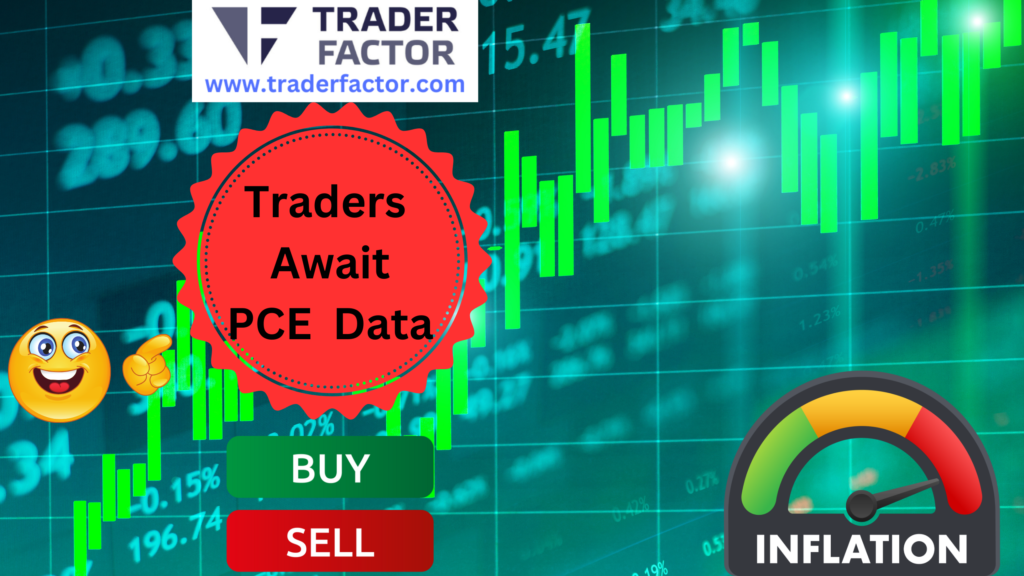
Implementing effective entry and exit strategies is crucial for beginners to ensure successful forex trading.
When it comes to entering a trade, it’s important to identify profitable entry points. This involves analyzing market trends, chart patterns, and indicators to determine the optimal time to buy or sell a currency pair. By identifying entry points with high-profit potential, you increase your chances of making successful trades.
Equally important is having exit strategies in place for minimizing losses. Forex trading can be unpredictable, and sometimes trades may not go as planned.
To protect your capital, it’s essential to have a plan for exiting a trade when it starts to go against you. This may involve setting stop-loss orders or using trailing stops to lock in profits and limit potential losses.
Remember, the goal isn’t to avoid losses altogether but to manage them effectively. By implementing effective entry and exit strategies, you can maximize your potential for profits while minimizing the impact of losses.
It’s also crucial to continuously monitor and adjust your strategies as market conditions change. With time and experience, you’ll develop a better understanding of when to enter and exit trades, ultimately leading to more successful forex trading.

Building a Diverse Portfolio
To build a diverse portfolio, you should carefully select a variety of currency pairs to trade in the forex market. Portfolio diversification is essential for reducing risk and maximizing potential returns.
By investing in multiple currency pairs, you spread out your exposure to different economies and currencies, reducing the impact of any single trade on your overall portfolio.
Before selecting the currency pairs, it’s crucial to conduct a risk tolerance assessment. Assessing your risk tolerance helps you determine how much risk you’re willing to take on and how much volatility you can handle. This assessment will guide you in selecting currency pairs that align with your risk appetite.
When diversifying your portfolio, it’s important to consider factors such as correlation and volatility. Choosing currency pairs that have low correlation means that their price movements are less likely to move in the same direction at the same time.
This helps to mitigate the risk of losses during market turbulence. Additionally, considering the volatility of currency pairs is essential. Pairs with high volatility may offer greater profit potential but also come with higher risk.
Using Indicators and Oscillators
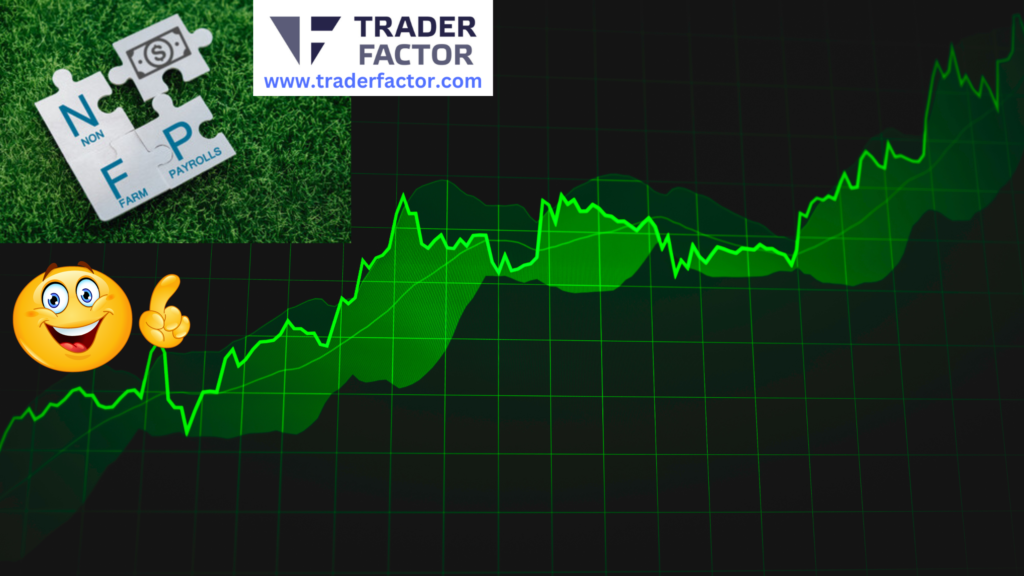
Now let’s talk about using indicators and oscillators in your forex trading strategies.
When it comes to selecting indicators, make sure to choose ones that align with your trading goals and style.
Additionally, oscillators can be valuable tools for identifying overbought or oversold conditions, leading to potential trading opportunities.
Indicator Selection Tips
Choose the most suitable indicators and oscillators for your forex trading strategy.
When it comes to indicator selection techniques, it’s important to consider the specific requirements of your strategy.
One approach is to use multiple indicators effectively to confirm signals and increase the accuracy of your trades. By combining different indicators, you can gain a more comprehensive view of the market and identify potential opportunities.
However, it’s crucial to avoid using too many indicators, as this can lead to confusion and conflicting signals. Instead, focus on selecting indicators that complement each other and provide consistent and reliable information.
Additionally, it’s essential to understand the strengths and weaknesses of each indicator and how they align with your trading goals.

Oscillator Trading Strategies
Consider incorporating indicators and oscillators into your forex trading strategy to maximize your chances of success. Oscillator trading techniques can provide valuable insights into market trends and help identify potential entry and exit points.
Oscillators are technical indicators that oscillate between predefined levels, indicating overbought or oversold conditions in the market. By using oscillators, you can spot potential trend reversals or confirm the strength of an existing trend.
Some of the best oscillator indicators include the Relative Strength Index (RSI), the Moving Average Convergence Divergence (MACD), and the Stochastic Oscillator. The RSI measures the speed and change of price movements, while the MACD combines moving averages to identify potential buy or sell signals.

The Stochastic Oscillator compares a security’s closing price to its price range over a given period, indicating overbought or oversold conditions.
Incorporating these oscillator indicators into your forex trading strategy can help improve your trading decisions and increase your chances of success.
Continuously Educating Yourself in Forex Trading
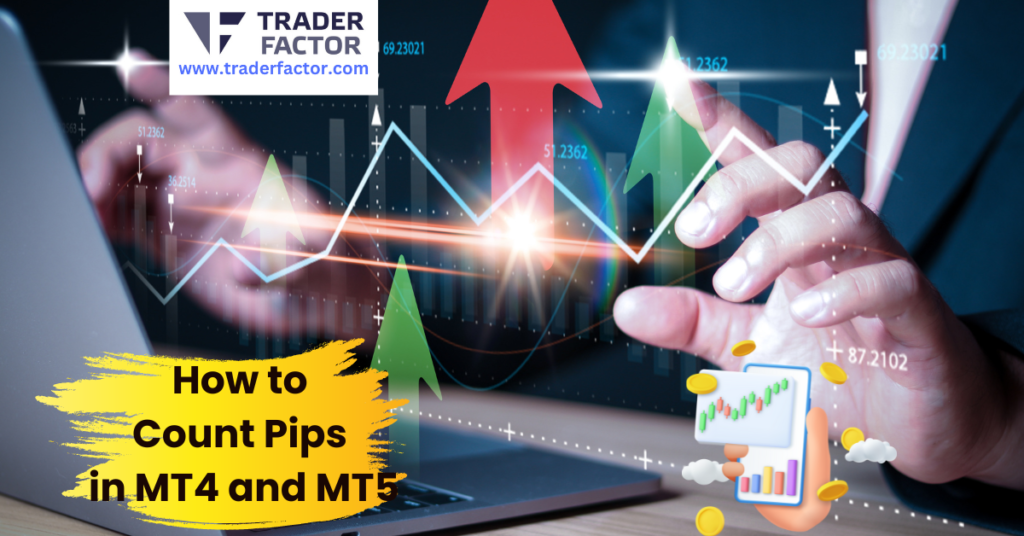
To achieve success in forex trading, it’s essential to constantly educate yourself on the latest strategies and market trends. Continuous learning is key to staying updated and adapting to the ever-changing dynamics of the forex market.
One way to continuously educate yourself is by reading books and articles written by experienced traders. These resources can provide valuable insights and new perspectives that can enhance your trading skills.
Additionally, attending webinars and seminars conducted by experts in the field can also help you stay updated on the latest trends and strategies.
Another important aspect of continuous learning is keeping track of economic news and events that can impact the forex market. By staying informed about global economic developments, you can make more informed trading decisions.
Participating in online forums and communities dedicated to forex trading can also be beneficial. These platforms allow you to connect with fellow traders, exchange ideas, and learn from their experiences. Engaging in discussions and asking questions can expand your knowledge and help you stay updated on new trading techniques.

Frequently Asked Questions
What Are the Typical Costs Associated With Forex Trading?
When trading forex, the typical costs you’ll encounter include trading fees and currency exchange rates. These costs can vary depending on the broker you use and the volume of your trades.
How Can I Manage Emotions and Control My Fear and Greed in Forex Trading?
To manage emotions and control fear and greed in forex trading, you must focus on the psychological aspects of trading. Recognize your emotions, practice discipline, and stick to your trading plan.
Are There Any Specific Regulations or Laws Governing Forex Trading?
Yes, there are specific regulations and laws governing forex trading. To ensure compliance, you must adhere to regulatory requirements and follow the necessary compliance measures set by the authorities.
What Are the Potential Risks and Drawbacks of Using Leverage in Forex Trading?
Using leverage in forex trading can lead to potential dangers and drawbacks. Risks and downsides include increased losses, margin calls, and the possibility of wiping out your entire account. Be cautious when using leverage.
How Can I Overcome the Challenges of Dealing With Volatile and Unpredictable Currency Markets?
To overcome the challenges of volatile and unpredictable currency markets, you need to focus on managing risk and developing a trading plan. These strategies will help you navigate the ups and downs of the market.

Conclusion: Successful Forex Trading Strategies
In conclusion, successful forex trading strategies require a strong understanding of the basics. This includes having knowledge of how the forex market operates, understanding currency pairs, and knowing how to read price charts. It is also important to choose the right broker, as this can have a significant impact on your trading experience.
Effective risk management is another crucial aspect of successful forex trading. This involves setting stop-loss orders to limit potential losses, using appropriate position sizing, and avoiding overtrading. By managing your risk effectively, you can protect your capital and ensure long-term profitability.
Both technical and fundamental analysis plays a significant role in forex trading. Technical analysis involves studying price charts and using indicators and oscillators to identify patterns and trends.
Fundamental analysis, on the other hand, involves analyzing economic indicators, news events, and geopolitical factors to determine the value of a currency. By combining these two types of analysis, you can make more informed trading decisions.

Implementing entry and exit strategies is also essential. This involves determining the best time to enter a trade and when to exit to maximize profits. Building a diverse portfolio by trading multiple currency pairs can help spread risk and increase the profit potential. Additionally, using indicators and oscillators can provide valuable insights into market conditions and potential trading opportunities.
Lastly, continuous education is crucial in forex trading. The forex market is constantly evolving, and staying updated with market trends and developments is essential. This can be done through reading books, attending webinars and seminars, and following reputable forex news sources.
By continuously educating yourself, you can adapt to market changes and improve your trading skills.
With dedication and knowledge, you can navigate the forex market and achieve your trading goals. By understanding the basics, choosing the right broker, implementing effective risk management, and utilizing technical and fundamental analysis, you can develop successful forex trading strategies.
Continuously educating yourself and staying updated with market trends will further enhance your trading skills and increase your chances of success.
Disclaimer
All information has been prepared by TraderFactor or partners. The information does not contain a record of TraderFactor or partner’s prices or an offer of or solicitation for a transaction in any financial instrument. No representation or warranty is given as to the accuracy or completeness of this information. Any material provided does not have regard to the specific investment objective and financial situation of any person who may read it. Past performance is not a reliable indicator of future performance.
FOLLOW US






